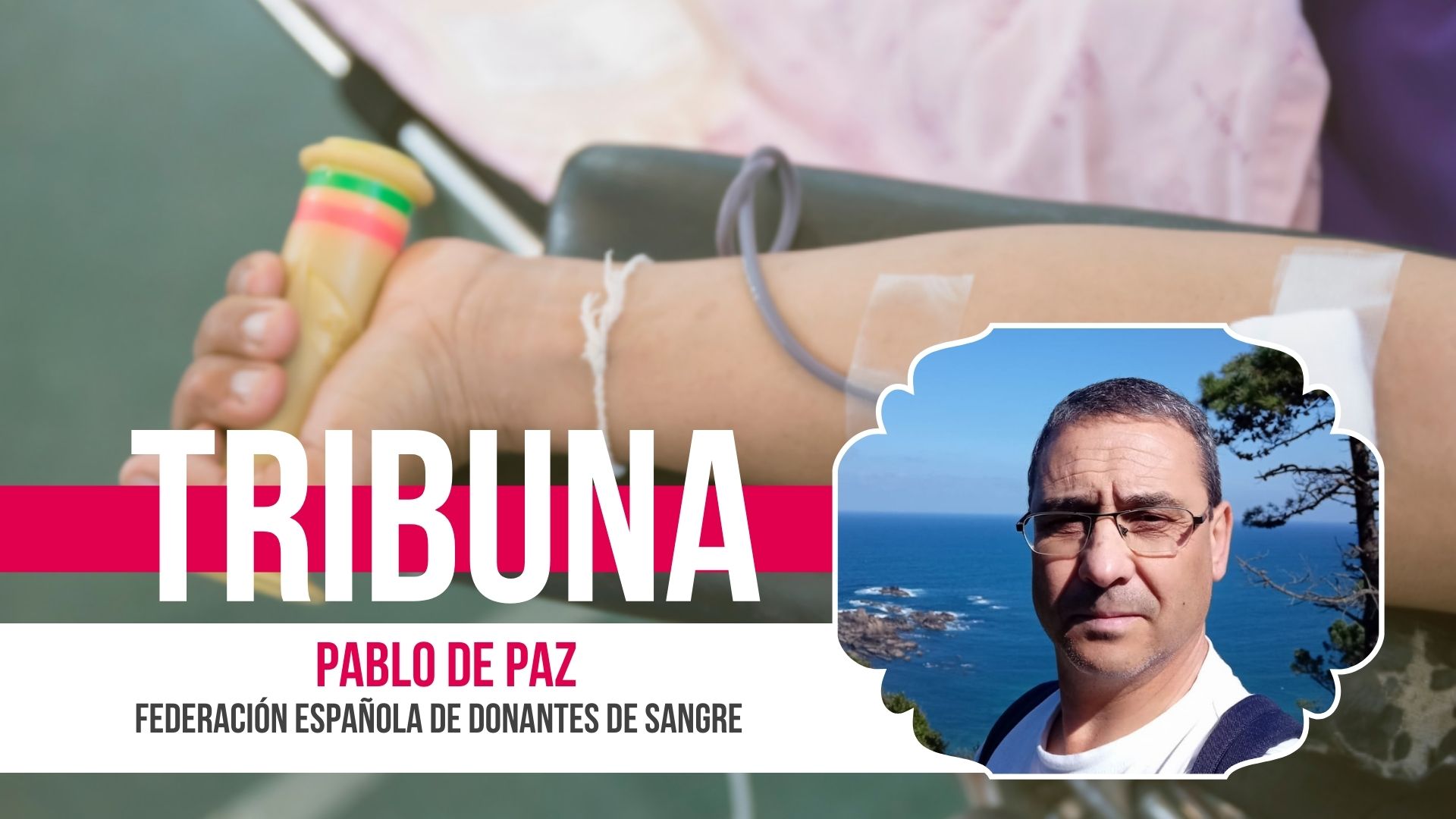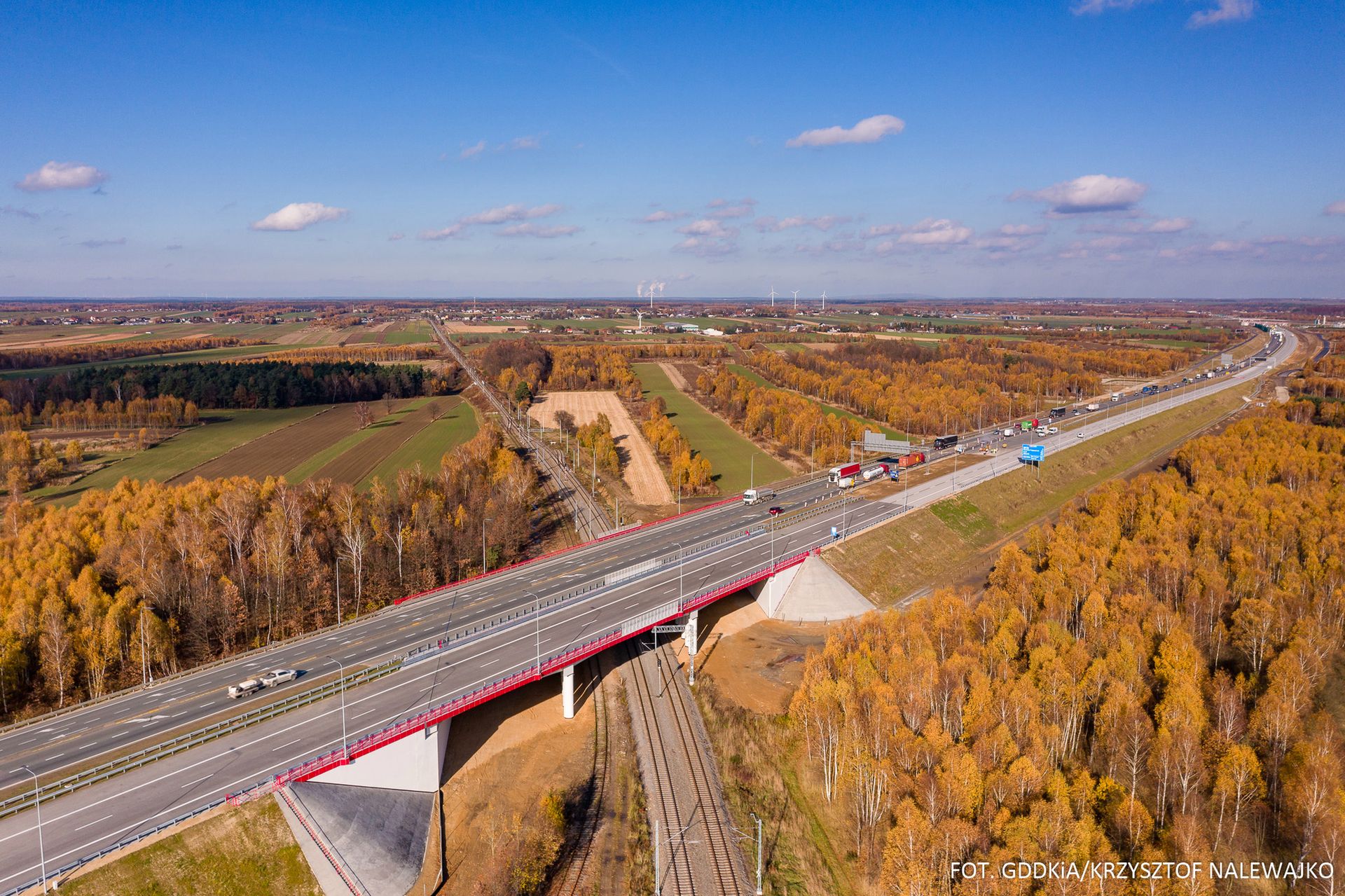“The youngest, between 18 to 25 years old, represent the lowest percentage of donors with 15% of the total. If this trend continues, within a few years we may be led to a possible shortage “
–
The Dalai Lama says in one of his famous phrases that almost all the good things that happen in the world have their origin in a feeling of appreciation for others. Indeed, if we look around us we can clearly appreciate many gestures that allow us to believe that the human being retains a lot of altruism, ignoring, of course, other gestures that define us as the opposite. If we focus more attention on how we relate to others, we can see that within each person there is a spontaneous feeling of willfulness when something tragic happens and it does not matter who is injured or injured that must be saved from a traffic accident, a fire…; we roll up our sleeves to help as if an internal spring were urging us to do good, sometimes even risking our own lives.
And what about the times that you can see on television the endless queues of people willing to donate blood when it comes to a major accident, a terrorist attack or any other event with deaths and many injuries. We are naturally generous in the worst moments. We are so in those tragic moments that immediate help is needed, and we overturn ourselves, but we do not understand that there is also tragedy on a day-to-day basis; Every day there are illnesses and accidents that are treated in our hospitals, which are very well equipped and with great professionals, of course, but they need our daily participation, our continued and fluid solidarity. From our blood donations.
Sometimes we wait to be notified that it is necessary to donate because the reserves are at the limit, and it seems that if it is not for that desperate reason we seem disconnected from reality in hospitals. A reality that no one seems to be aware of but can affect any of us or our loved ones at any time, then triggering the alarm that prompts us to donate and which is, what a coincidence, very similar to that of the great accident, the attack or the low reserves in blood banks.
Being a donor is also being spontaneous and maintaining regularity in donations. A loyalty that consists of reserving less than one hour four times a year, for men, and three times for women. According to the data on blood donation published each year by the Ministry of Health, in Spain the donation rate in 2019 was 36.65 donations per 1,000 inhabitants. We are not going to talk about the data for 2020 because it was a year of a pandemic with fewer donations and consumption of blood products.
Our country has some forty-seven million souls, of which a little more than one million are habitual blood donors, and among all of them, just over one million six hundred thousand donations were obtained in 2019. They are sufficient figures so far, but we must take into account this other more revealing fact of where we are heading. According to the same statistical data published by the Ministry of Health, the age group in which the largest number of donations are concentrated is between 46 to 55 years with 26%. The youngest, those between the ages of 18 and 25, represent the lowest percentage of donors with 15% of the total. If this trend continues, within a few years we may be led to a possible shortage of blood products if we do not manage to reverse the situation. And no, it is not for lack of solidarity of our young people, who are following the same line of solidarity as other ages. But it would be desirable, yes, a greater involvement in terms of the number of times that is donated regularly, which is usually one or two a year.
In truth, the whole of society should be involved in donating, or at least encouraging blood donation much more. It must be borne in mind that something so necessary on a daily basis cannot be achieved in any other way than through voluntary and altruistic donation. Of course, the money solution could be considered. But paying to donate is not donating. It is to sell our blood, our health, for a price that, as is the case in other countries, is set by the companies or entities that trade with it. In addition, and above all, it has been shown that voluntary and altruistic donation guarantees much better safety, both for the donor and the recipient, as the blood is subjected to rigorous analytical procedures that guarantee its quality.
Should we look for other solutions? Blood can only be obtained from the human body. It cannot be obtained artificially so we have no choice but to continue donating to obtain it. Society must become aware of this and it would be good to implement awareness programs from the earliest childhood, with values that include solidarity and altruism as the main tool.
–


